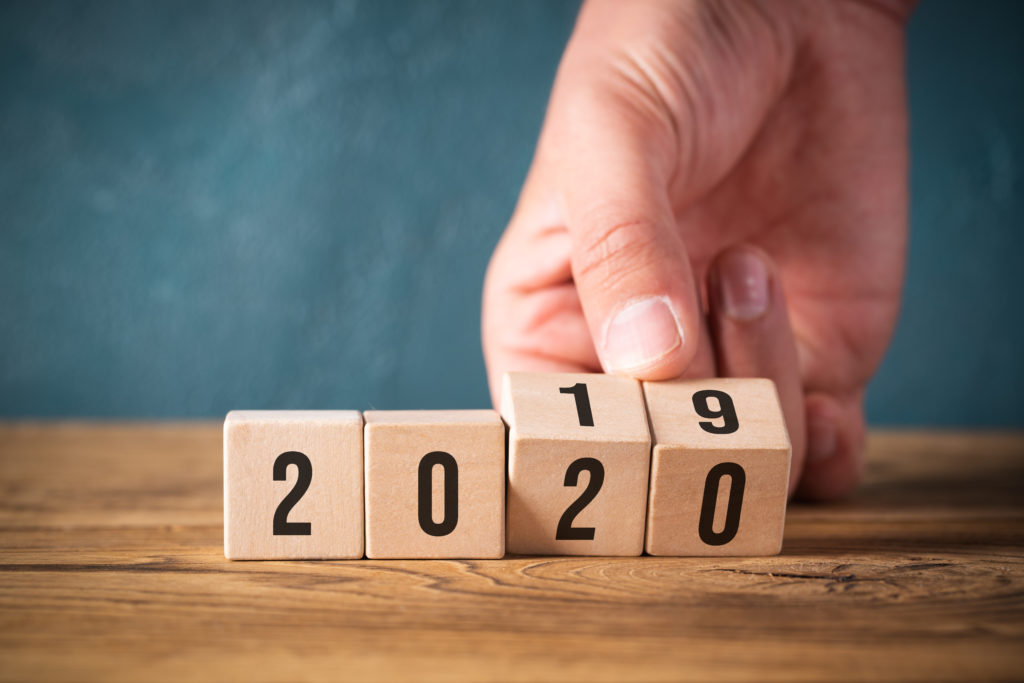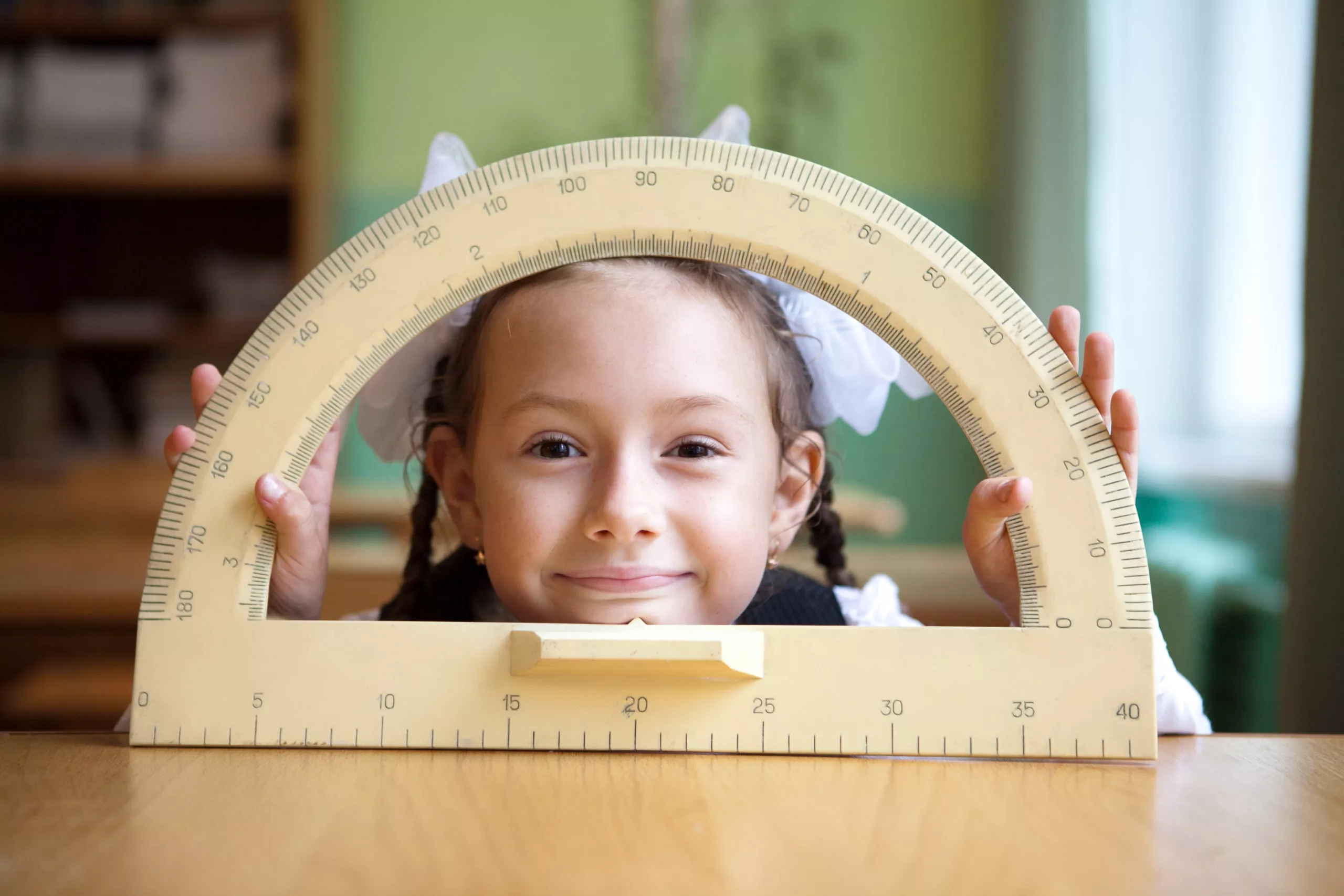
As myopia is an eye disease with increasing prevalence, particularly in children, it’s important that we come together to take measures to increase awareness of the condition, its impact, causes, and treatment options. In 2019, we saw great strides in this mission, which we’ve highlighted below. It’s a great time to reflect on what we’ve learned, and how we can amplify our efforts in the new year.
In January, the Global Myopia Awareness Coalition (GMAC) formed its board; organizations and industry leaders joined.
The mission of GMAC is to “promote public awareness of childhood myopia as a treatable disease through direct to consumer channels and awareness with governments, NGOs and other health care associations.” GMAC was designed to focus on public outreach and education—focusing on where there is currently a gap: public awareness that myopia matters and that parents can now take action to help their child. In September, a survey by GMAC of 4,000 parents in the U.S. showed that their children’s eye care was not a top priority for most. Only 57% of respondents reported making regular eye doctor appointments, which they ranked as less important than dentist and pediatrician visits.
“We know parents will do just about anything to help their kids succeed, and healthy vision plays a big role in that, whether a child is able to express it to their parents or not,” said Matt Oerding, board chairman of GMAC. “Knowing your children’s potential risk of myopia and taking action before it’s too late can benefit their academic and athletic performance, personal growth and overall health.”
- Read more about GMAC here.
- See more of the GMAC survey results.
- Read one of the many great articles provided by a parent through the first GMAC awareness campaign here.
In June, the American Optometric Association (AOA) issued a health policy statement regarding the importance of slowing myopia in children.
The AOA stated that a public health urgency exists to address children’s vision health in the U.S., including a need to provide access to comprehensive child vision and eye health care in every state—and that the diagnosis and treatment of myopia is more than just “needing glasses.” At the 122nd AOA Congress, the AOA announced its national public awareness campaign, #2020EyeExam, on the necessity of annual, in-person, comprehensive eye examinations.
- Read the AOA health policy statement here.
- Learn more about AOA’s national public awareness campaign #2020EyeExam.
In August, MyMyopia launched to support parents and physicians in understanding and addressing myopia.
MyMyopia is an awareness campaign sharing important information with parents and eye care professionals on the childhood myopia epidemic (nearsightedness) to improve lifelong ocular health. The effort shows a dedication to ongoing conversation, learning, and support around myopia, its causes, and treatment options.
In September, the Japan Myopia Society and the Brien Holden Vision Institute hosted the 17th International Myopia Conference (IMC) to discuss topics in myopia management.
Key topics included data around new myopia treatment strategies and results from the ongoing four-phase LAMP (Low-concentration Atropine for Myopia Progression) study.
In September, Nevakar announced the completion of enrollment for its Phase III CHAMP (Childhood Atropine for Myopia Progression) study.
The CHAMP study evaluates the ability of a unique, proprietary, preservative-free, topical investigational therapy to slow the progression of myopia in children 3-17 years old. If approved, the therapy, NVK-002, will be the first global pharmacologic treatment to slow the progression of myopia in children.
In October, more than 22,000 ophthalmologists, health professionals, and industry leaders from around the world came together for the 123rd Annual Meeting of the American Academy of Ophthalmology (AAO) with addressing the global myopia burden as a key topic.
Sessions provided perspective on the public health burden and societal cost of myopia. The discussion included evidence-based information on the slowing of myopia progression through optical methods, such as orthokeratology and soft multifocal contact lenses, and pharmaceutical methods, such as low concentration atropine eye drops. Two researchers presented their results of a two-year study treating children with eye drops and contact lenses.
- Read AAO’s recap: “What Are the Risk Factors for Myopia Progression?”
- Read more about the study results presented in the article, “New approach to slowing nearsightedness in children shows promise.”
In November, the U.S. Food and Drug Administration (FDA) approved the first contact lens to slow the progression of myopia.
The contacts are called MiSight and are single-use, disposable lenses indicated to slow the progression of myopia (nearsightedness) in children between the ages of 8-12 years old at the initiation of treatment.
In December, myopia made national headlines in USA Today, showing that awareness and concern are rising—something we hope to see more of in 2020.
- Read the USA Today article, The number of nearsighted kids is soaring – and screen time isn’t the only factor, here.
What myopia movement do you hope to see in 2020? Let us know in the comments below or share other efforts that stood out to you in 2019. Cheers to sharing more knowledge, insights, and successes in protecting our children’s vision.
Tags: myopia, myopia treatment, myopia management, GMAC, optometry, ophthalmology
